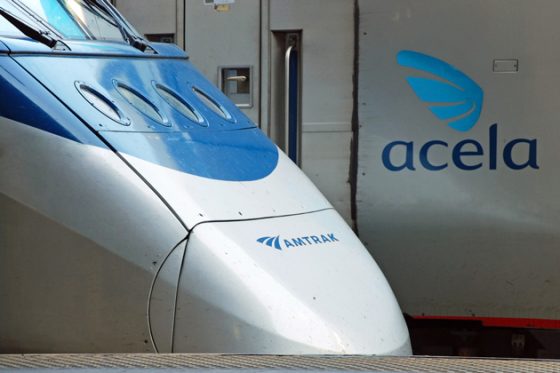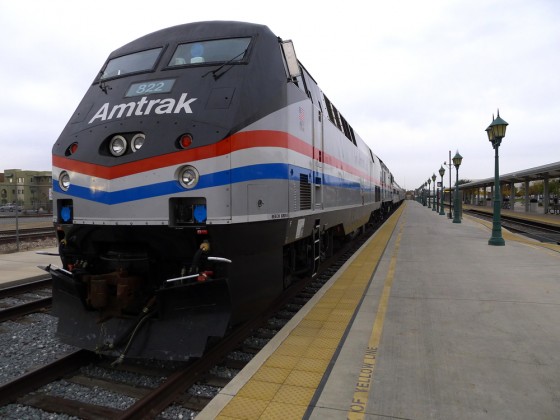 An Amtrak train derailment near Tacoma, Washington on Dec. 18 that killed three passengers and injured about 100 was the result of excessive speed in a steep curve, and could have been prevented with automatic braking technology, according to experts.
An Amtrak train derailment near Tacoma, Washington on Dec. 18 that killed three passengers and injured about 100 was the result of excessive speed in a steep curve, and could have been prevented with automatic braking technology, according to experts.
Amtrak Train No. 501, on its inaugural run, was traveling 80 miles per hour in an area limited to 30 miles per hour when it derailed on an overpass, sending the train’s 12 coaches and one of its two engines careening onto the highway below.
As previously reported in Risk Management, a similar derailment in Philadelphia on May 12, 2015 that killed eight, was also blamed on excessive speed and could have been avoided if a technology, called “positive train control” (PTC), had been in place.
PTC is designed to eliminate human error by using four components: GPS satellite data, onboard locomotive equipment, the dispatching office and wayside interface units. The system communicates with the train’s onboard computer, allowing it to audibly warn the engineer and display the train’s safe braking distance based on its speed, length, width and weight, as well as the grade and curvature of the track, according to railroad operator Metrolink. If the engineer does not respond to the warning, the onboard computer will activate the brakes and safely stop the train.
In the aftermath of a 2008 collision in Chatsworth, California, when 25 passengers were killed, Congress enacted the Rail Safety Improvement Act of 2008.
It required each Class 1 rail carrier and each provider of regularly-scheduled intercity or commuter rail passenger service to implement a PTC system by Dec. 31, 2015. Because of the high costs—implementation is estimated to cost million for commuter trains—and complexity of the system, however, the requirement was extended three years.
Railroads are now mandated by federal law to have a system in place by the end of 2018.

